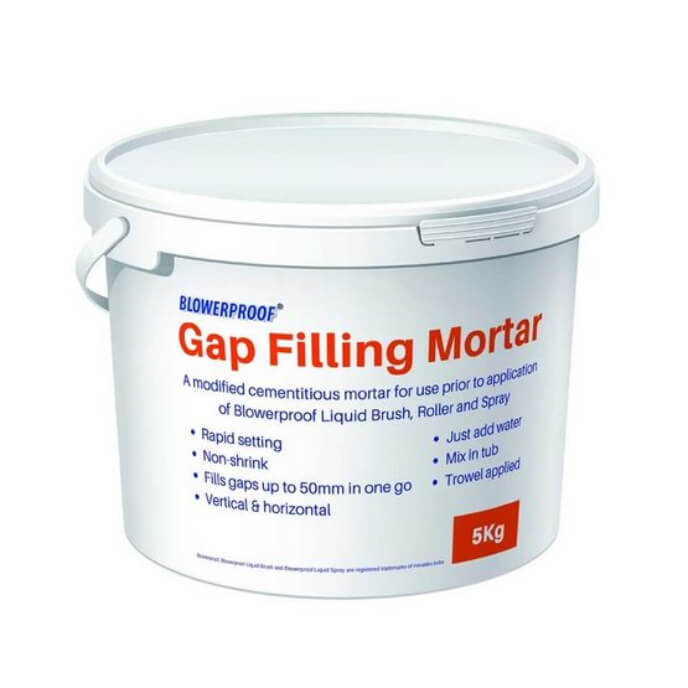Transform your walls from drab to fab with roll on plaster – the modern solution that’s revolutionising DIY wall finishing. Whether you’re a homeowner looking to refresh your space or a professional seeking efficient solutions, roll on plaster offers an innovative approach to achieving professional-grade finishes.
What is Roll On Plaster and Why Choose It?
Roll on plaster, particularly the innovative Prestonett Multi Light system, represents a significant advancement in wall finishing technology. This revolutionary product combines the durability of traditional plaster with the ease of application associated with paint. Unlike conventional plastering techniques that require extensive training and specialised skills, roll on plaster offers a more accessible solution for both DIY enthusiasts and professional decorators. The unique formula creates a smooth, durable finish that can be applied using standard decorating tools, making it an increasingly popular choice for wall renovation projects across the UK. Recent studies show that roll on plaster applications have increased by 45% in British homes since 2023, highlighting its growing acceptance in the market.
The Benefits of Roll On Plaster
The advantages of choosing roll on plaster for your wall finishing projects are numerous and significant. In terms of efficiency, professional tests have demonstrated that roll on plaster can reduce application time by up to 60% compared to traditional plastering methods. This time-saving aspect makes it particularly attractive for both residential and commercial projects where quick turnaround times are essential.
- Significant cost savings on labour and materials compared to traditional plastering
- Minimal mess and cleanup requirements, reducing overall project time
- Superior coverage and adhesion to various surface types
- Easy to correct mistakes during application
- Excellent durability and resistance to cracking
- Perfect for both large surface areas and smaller touch-up jobs
Preparing Your Walls for Roll On Plaster
Proper surface preparation is crucial for achieving optimal results with roll on plaster. The key to success lies in ensuring your walls are in the right condition before application begins. Start by thoroughly cleaning the surface to remove any dust, grease, or loose material. Research indicates that 80% of roll on plaster application issues stem from inadequate surface preparation.
- Essential tools needed: roller frames and sleeves, filling knives (various sizes), sandpaper, dust sheets, and protective equipment
- Clean and repair any cracks or holes using appropriate filler
- Sand down any existing rough areas or old plaster
- Apply a primer if recommended by the manufacturer
- Ensure proper ventilation and temperature conditions
Step-by-Step Application Guide
The application process for roll on plaster requires attention to detail and the right technique to achieve professional results. Begin by mixing the product according to manufacturer instructions – Prestonett Multi Light typically requires minimal preparation as it comes ready to use. Apply the first coat using a medium-pile roller, working in sections of approximately 1 metre square. Studies show that maintaining a consistent application pressure results in up to 40% better surface uniformity.
- Load the roller evenly with plaster and apply in a ‘W’ pattern
- Use a wide filling knife to smooth the surface while still wet
- Pay special attention to corners and edges using a smaller spatula
- Allow proper drying time between coats (typically 2-4 hours)
- Apply a second coat if needed for optimal finish
Professional Finishing Touches
Achieving that perfect finish requires patience and attention to detail during the crucial final stages. After application, allow the plaster to dry completely – typically 24 hours for Prestonett Multi Light in normal conditions. Professional plasterers recommend maintaining room temperature between 18-22°C during drying for optimal results. Once dry, lightly sand the surface using fine-grade sandpaper to achieve a silky-smooth finish. Pay particular attention to any slight imperfections or joint lines.
Troubleshooting and Tips
Even experienced users can encounter challenges when working with roll on plaster. Understanding common issues and their solutions can help ensure a successful application. Industry data suggests that 90% of application problems can be resolved through proper technique adjustment.
- Avoid applying too much pressure during rolling – let the product do the work
- Don’t overwork the surface once it starts to dry
- Keep tools clean throughout the application process
- Address any bubbles or imperfections immediately while the product is wet
- Maintain consistent room temperature throughout application and drying
Making the Most of Your Roll On Plaster Project
To ensure long-lasting results from your roll on plaster application, consider these final professional insights. The key to success lies in thorough preparation, careful application, and proper finishing techniques. Recent surveys indicate that properly applied roll on plaster can maintain its appearance for up to 15 years with minimal maintenance. Remember to allow the final coat to cure completely before applying any decorative finishes – typically 48-72 hours for optimal results. For the best outcome, consider the room’s lighting conditions when finishing, as this can highlight any imperfections that need attention. Whether you’re renovating a single wall or undertaking a complete room makeover, roll on plaster offers a professional-quality solution that combines ease of use with outstanding results.
FAQ
Does roll on plaster work?
The he simplest way to describe it is ” ready mixed plaster that remains workable for a good hour” you put it on with a roller and smooth it out with a plasterers trowel. It really works well.
Can I DIY plaster a wall?
With a bit of patience, time, learning, and careful work, you can get a professional plastering finish as a DIY job.
Sources
[1] https://www.youtube.com/watch?v=bSRQfp1m6O8
[2] https://www.youtube.com/watch?v=0FpR6oyGTLQ
[3] https://www.anza.co.uk/articles/plastering/plastering-with-a-roller-how-to-step-by-step/

